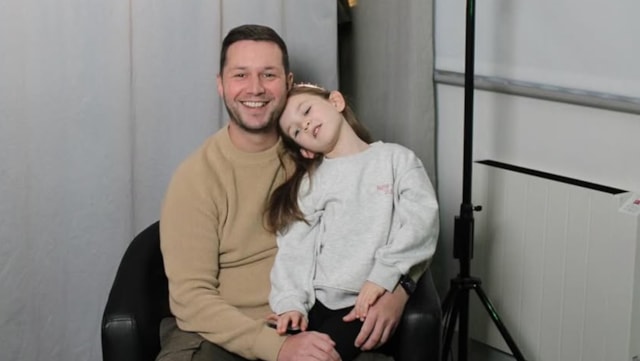Sandra Day O’Connor knows a thing or two about breaking down barriers.
As a girl on her family’s ranch in southeastern Arizona, she had wanted to go to the local cattle roundup, then an all-male event.
And she did. “Changing it to accommodate a female was probably my first initiation into joining an all-men’s club,” she recalled in her 2002 memoir. It wasn’t her last.
O’Connor overcame barriers as a student, as an attorney and in political life. On September 25, 1981, she crashed through one final barrier, becoming the first woman to serve as an associate justice of the U.S. Supreme Court.
Sandra was born in 1930 and spent her early years learning to rope cattle and ride horses, but she soon became interested in the law. She attended Stanford Law School in California, completing her studies in just two years rather than the usual three, but despite ranking near the top of her class, she found that most law firms at the time were reluctant to hire a female attorney.
Instead, she worked as a government lawyer until returning to Arizona to open her own law firm and enter local politics, where she held a variety of public offices. As an Arizona state senator, she became the first woman to serve as a majority leader in a U.S. state legislature.
President Ronald Reagan nominated O’Connor to the Supreme Court in 1981, and after a significant career writing opinions from the high court, she retired in 2006. O’Connor is widely respected for her commitment to public service and her pragmatic approach to the law, but paving the way for other women in the American judicial system remains a big part of her legacy.
Three female justices have followed her on the high court: Justices Ruth Bader Ginsburg, Sonia Sotomayor and Elena Kagan. Today, about one-third of U.S. federal judges are women, and the number is increasing.
Justice O’Connor’s story reflects women’s improved access to higher education. Education empowers women to become leaders in their fields and in their communities. As her own story shows, it empowers women to shape their country’s future.
The first woman to serve on the U.S. Supreme Court, Justice Sandra Day O’Connor, passed away on December 1 at the age of 93.











